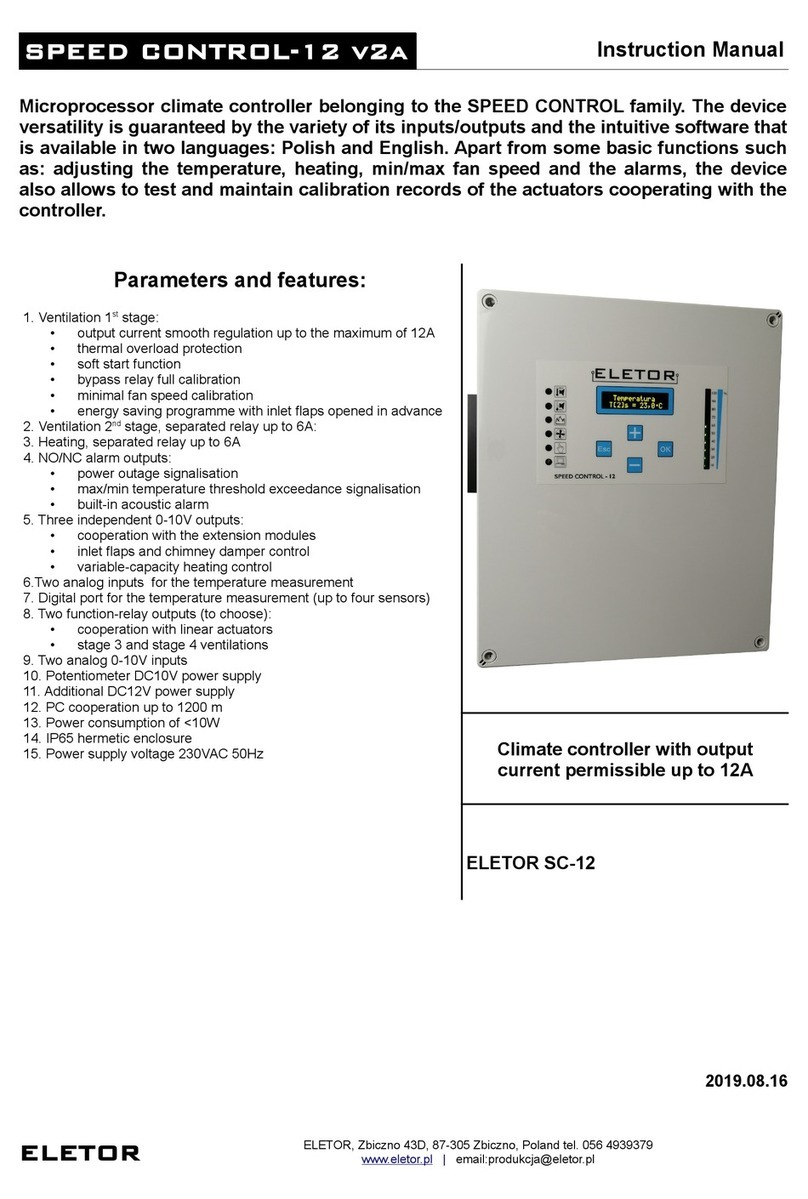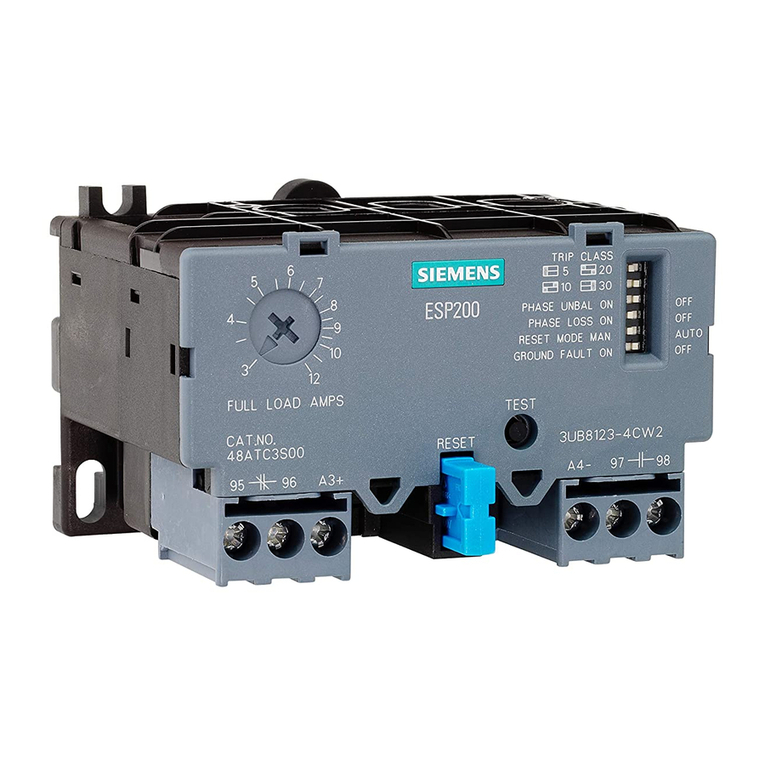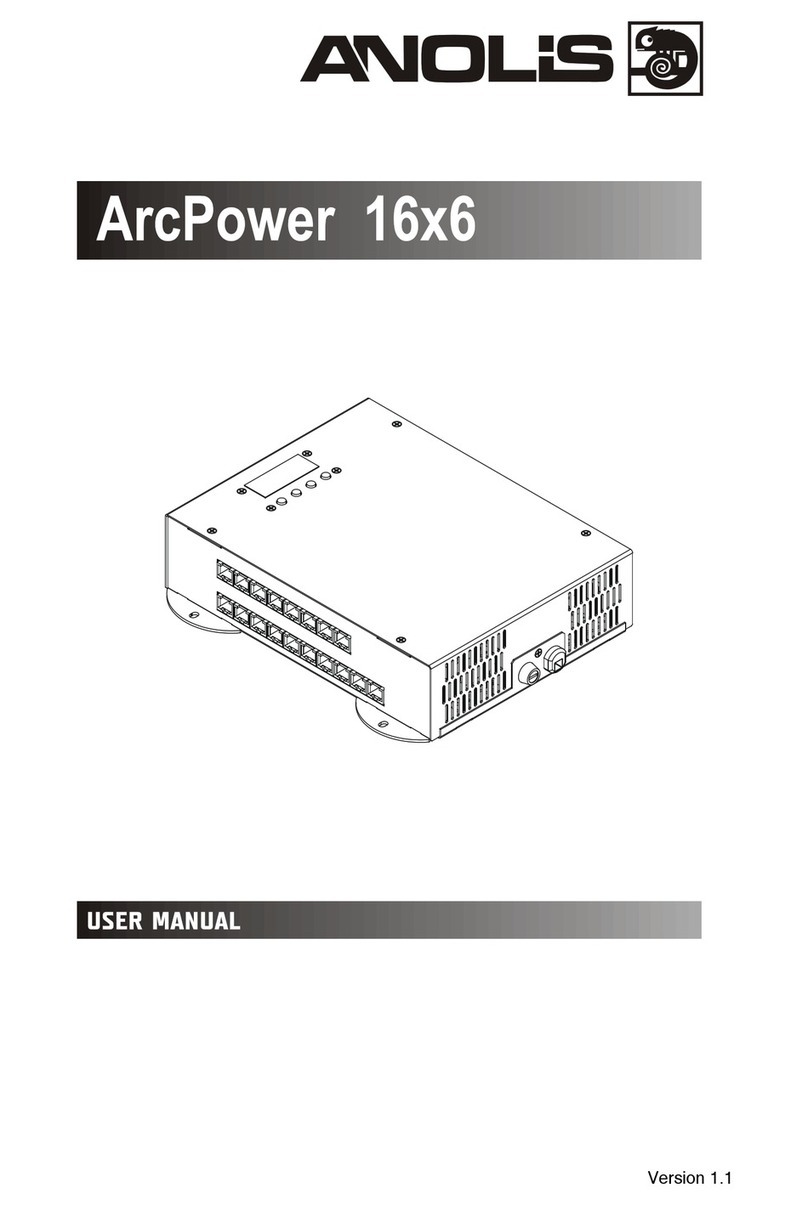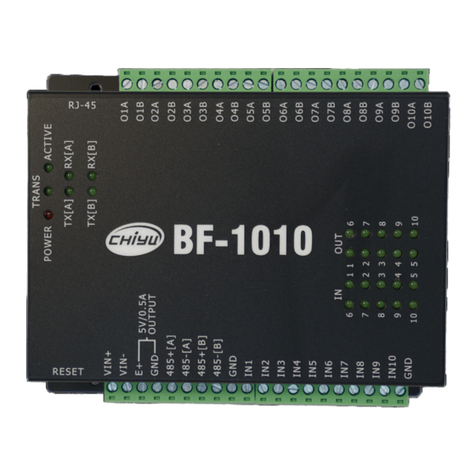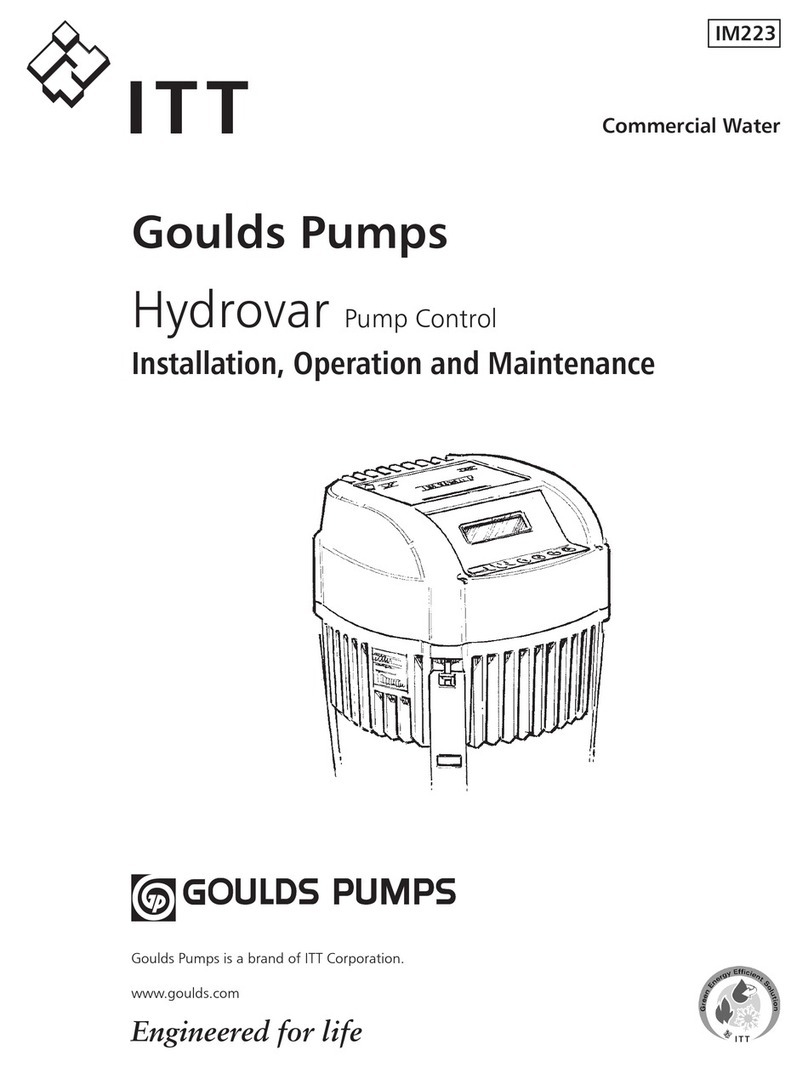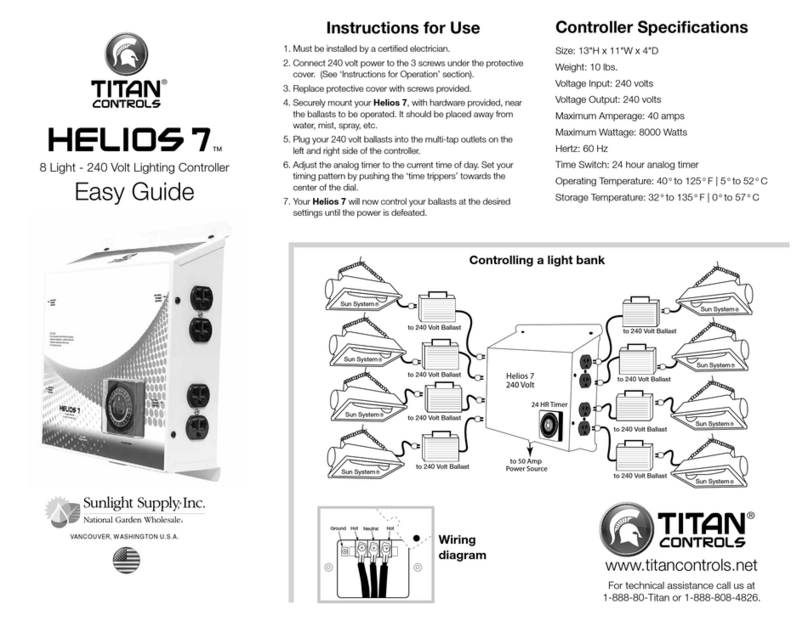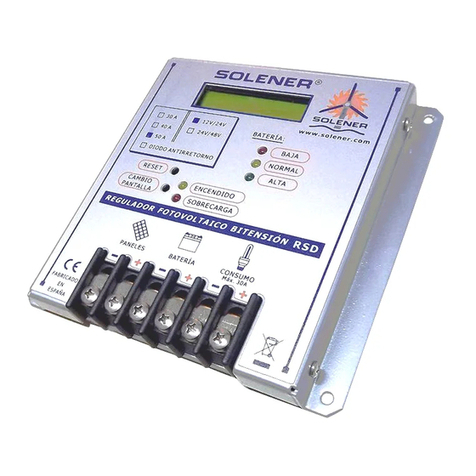eletor Speed Control Series User manual

SPEED CONTROL - SERVOMOTOR Instruction Manual
Microprocessor climate controller belonging to the SPEED CONTROL family A reliable
device, easy to assemble and utilize with a software available in four build-in language
versions: Polish (default), English, German and Russian Its programme allows the user
to intuitively set various parameters such as: the temperature, airing, heating, min/max
fan speed and the alarms
Parameters and features:
•Ventilation 1st stage
◦output current smooth regulation up to 5A
◦thermal overload protection
◦soft start
◦minimal fan speed calibration
•Ventilation 2nd stage, separated relay up to 3A (one to choose)
•air heating, separated relay up to 3A (one to choose)
•N /NC alarm outputs
◦power outage signalling
◦min/max temperature threshold exceedance signalisation
•one analog input for the temperature measurement
•two 0-10V outputs
•power consumption of <3W
•IP56 hermetic enclosure
•230V AC 50 Hz power supply voltage
Climate controller with output
current permissible up to 5A
ELETOR SC-SERVOMOTOR
2019 08 14
ELETOR ELET R, Zbiczno 43D, 87-305 Zbiczno, Poland, tel. 056 4939379
www.eletor.pl | email:produkcja@eletor.pl

SPEED CONTROL - SERVOMOTOR Instruction Manual
Controller installation
Warning! While installing the device it must be cut off from any power supply,
because the voltage on some of the components is highly hazardous to your health
and life It is advised to entrust a qualified and skilled personnel to carry out this
installation
Choosing a place for the installation
The place for the installation have to be chosen rationally, taking into account easy access to such
device for the persons concerned, and at the same time having a spot inaccessible for children or
animals. Climate conditions should be also concerned, which means that the device ought to work within
the temperature range from -10°C to 40 °C, in a place not exposed to direct sunlight. Free air flow
around the device is also essential. The temperature sensor is an integral part of the device. There are a
few rules to be followed in order to install such sensor:
•the sensor should not be installed in a place with no free air flow, or in a spot directly exposed to
sunlight
•the sensor should not be installed on the load-bearing wall of the building
•presence of nearby heat-emitting devices such as radiators or lamps should be avoided
•the sensor should not be placed directly by the door or ventilation holes
•the sensor should not be placed in spots accessible for animals
•it is advised to arrange the wire connected to the sensor away from the power cords
The installation
The device works in rough climate conditions, high humidity and ammonia quickly lead to corrosion. If
properly installed, the controller and the sensor are both resistant to the harmful influence of the
environment.
Bear in mind the following comments while installing the device:
•the cover gasket should be checked before screwing
•the cover should be fully tightened by all the screws
•the wires used to connect the sensor should be round
•after connecting a wire, the cable gland should be tightened up in such a way to seal and
immobilize the wire, the use of silicone is advised
•unused cable glands should be closed (sealed)
•the controller (from its bottom part) should be attached on a flat wall using four rawlplugs
Plugging in
Warning! Be sure that the power supply is cut off before plugging the device in !
After unscrewing the controller, the front panel should be removed. The wires should be inserted into the
rubber cable glands and then connected. The illustration below presents the arrangement of the
connectors of this device.
ELETOR ELET R, Zbiczno 43D, 87-305 Zbiczno, Poland, tel. 056 4939379
www.eletor.pl | email:produkcja@eletor.pl

SPEED CONTROL - SERVOMOTOR Instruction Manual
Connector labelled as AC 230V should be connected to the power supply (switching station). Using the
circuit breaker 1P-B6 and overvoltage limiters of T1 and T2 type is obligatory. It is worth grouping the
controllers on different phases (L1,L2,L3) while connecting multiple devices, in order to equally load the
power line.
Connector labelled as FAN should be directly connected to the ventilator. In case of controlling multiple
ventilators the aggregated load cannot be higher than 5A. Every ventilator should be separately secured.
PE and N outputs should not be guided from the power supply (the switching station). Instead, they
ought to be connected to the connectors of the controller.
Connector labelled as FUNCTION – relay separated output with max relay current of 6A (the circuit
breaker 1P-B6 is required, when controlling the load directly). It may be used as:
•Heating – the relay activates when the temperature drops below the previously set value.
•Ventilation 2nd stage or spraying systems- the relay activates when the measured temperature is
higher than the total amount of value set previously by the user and the band ventilation value.
The scheme below presents an exemplary way of connecting Ventilation 2nd stage or the heater
ELETOR ELET R, Zbiczno 43D, 87-305 Zbiczno, Poland, tel. 056 4939379
www.eletor.pl | email:produkcja@eletor.pl

SPEED CONTROL - SERVOMOTOR Instruction Manual
Connector labelled as ALARM should be connected to the alarm control panel. The alarm activates
automatically when:
•the temperature is too low or too high,
•the controller or the temperature sensor is damaged,
•the power blackout occurs,
•the controller malfunction occurs (e.g the device is overheated)
Connector labelled as V1 0-10V is intended to connect the expansion modules. The voltage on this
connector is proportional to the ventilation level.
Connector labelled as V2 0-10V is intended to connect the servo motor that opens the inlet flaps.
Connector labelled as SENSOR should be connected to one TS-3 or TS-5 temperature sensor, the
polarity is not relevant. It is advised to arrange the test leads away from the power cords .
Connector labelled as RS-485 may be used to build ventilation systems and for the PC communication.
Working principle
The primary function of the controller is to maintain the temperature in the breeding room at the level set
by the breeder. Please note that the controller is only a tool that helps to provide the optimal climate
conditions in the room. The breeder plays the main role in the whole process by adjusting the settings on
the device based on current weather conditions outside the building, as well as (and most importantly)
based on the observation of the behaviour of all animals. The user should also monitor the device work
status using the alarm control panel.
First controller start-up
Caution! While starting the sensor up for the first time the settings of the minimal fan
speed must be adjusted immediately
The sensor cooperates with the ventilators equipped with the single-phase induction motor, capacitor
start-up and the maximum current consumption of 5A. After the attachment of a given ventilator, the user
has to adapt it to the cooperation with the controller. In other words, it is necessary to set the minimal fan
speed. Such function is similarly called “Minimal speed” and it can be set after entering “Advanced
settings” option. To perform such action properly, it is advised to cooperate with another person, who can
set the value of “Minimal speed” (the default value is 0μs). Not having this setting adjusted, the device
may not work properly. The value of “Minimal speed” may be considered as valid ,as soon as the flaps of
the ventilation stack start to lift slightly. If a new ventilator is being attached to the controller, the whole
activity of setting the “Minimal speed” has to be repeated.
ELETOR ELET R, Zbiczno 43D, 87-305 Zbiczno, Poland, tel. 056 4939379
www.eletor.pl | email:produkcja@eletor.pl

SPEED CONTROL - SERVOMOTOR Instruction Manual
Periodical airing
Airing is one of the functions performed by the controller, which activates when the temperature in the
room drops below the temperature value set by the user. Such function guarantees a constant air
circulation inside the breeding room to provide a regular air supply for the animals, at the same time
extracting already used air. There are three parameters available in the airing mode:
•“Time airing” - indicates the time duration of the activated ventilator (in minutes)
•“Break time” - determines the amount of time during which the ventilator is not working
•“Airing level” - indicates the power value of the ventilator in “Time airing”
For example, the configuration 60s/120s informs, that the airing process is in the time mode. It simply
means that the ventilator is turned on for 60 seconds and then it becomes turned off for the next 120
seconds – one minute of work, then a two-minute break.
All of the parameters above can be set by the user. However, there are some rules to be remembered
while adjusting the values in the airing process:
•airing is turned on only when the temperature in the piggery drops below the value previously set
by the user,
•the primary function of airing is to provide a constant fresh air supply for the animals, and not
maintaining the temperature that had been set in the room,
•airing the room frequently for short periods is strongly recommended
•longer airing periods should be avoided, because they can lead to major temperature variations
•the parameters must be adjusted properly according to the behaviour of animals in the breeding
room and all the conditions that occur not only inside, but also outside of the building.
•it is possible to completely turn off the airing function; to do so, both in time and percent mode,
the values should be set to zero e.g. 0/120s for the time mode or 0%/3min for the percent mode.
Device working scheme
The controller smoothly regulates the ventilation from “Min 1” to
“Max1” within the range of “Setting temp.” and “Airing band 1”.
“Vent 2nd stage” will be active above that range and “Level min.
1” will immediately change to “Level min. 2”. As the temperature
continues to grow, it will change to “Level max. 2” at the end of
“Airing band 2” range. If “Airing band 2: equals “0”, but “Level
max.1” is enabled, “Vent. 2nd stage” will be activated, causing further increases in the temperature to
have no effect on changes in the ventilation process (dotted part of the graph). In the case of the
temperature in the room dropping below the “Setting temp.”, the controller turns on the airing process
periodically and if it continues to drop, heating is additionally activated. Every action is based on the
adjustments that the user had implemented before. When the temperature in the piggery has different
parameters than those set by the user, the programme of the controller may connect with the alarm
control panel and activate the alarm.
Controller programming
The sensor has a built-in set of default settings entered to the non-volatile device memory in two cases:
•during the first device start-up
•when the memory data error occurs
In case of the power outage, the controller is not losing any of the settings that had been adjusted earlier
by the user.
ELETOR ELET R, Zbiczno 43D, 87-305 Zbiczno, Poland, tel. 056 4939379
www.eletor.pl | email:produkcja@eletor.pl

SPEED CONTROL - SERVOMOTOR Instruction Manual
Using the menu (setup)
Rich in a wild range of functions, the controller allows to adjust the settings to the specific circumstances.
After entering the menu (by pressing either “left arrow” or “right arrow” button), access to the grouped
functions section is granted. Pressing “+” or “-” button allows to adjust the parameters. Any adjustments
implemented in the settings by the user, will be automatically saved in the non- volatile memory of the
device after 30 seconds since the last button pressed.
Basic menu functions
MENU DESCRIPTION
Temperature
20.8o C W16% A
“Information mode” - of a normal work.
The current temperature value is displayed on the screen and if the ventilator is
turned on, the display also shows a supplied power value given as a percentage.
Additional symbols:
A indicates that the alarm is active
D indicates that the heating is active
W indicates the presence of additional ventilation
Setting temp.
20.0o C
Adjusting the “Setting temperature” - this value determines the start of the
ventilating process in the form of the temperature value.
Airing time
20s / 200s
„The setting of “Airing time” - the level of the periodical room airing process.
They are two possible variants of this setting.
Airing level
20%
„Airing level” - during the ventilation process
Alarm minimum
12.0o C
„Alarm minimum” - indicates the minimal absolute temperature value, signalling
the alarm activation.
Alarm maximum
28.0o C
„Alarm maximum” - indicates the maximal absolute temperature value, signalling
the alarm activation..
Heating temp
12.0o C
The following functions are being implemented depending on the configuration:
•“Heating” - activates when the temperature drops below the threshold
previously set by the user
•“Fan two groups” - activates when the measured temperature is higher
than the total amount of value set previously by the user and the band
ventilation value.
an two
groups 25.0
Band ventilation
5.0o C
„Band ventilation” - indicates the controller’s response speed (changes in the
ventilation level from min 1 to max 1) on the growing temperature.
an speed min
1%
The setting of “Fan speed min” - is a status, in which the device stays for an
indefinite period adjusting the output voltage set value. It is used to calibrate the
device with the motor and the flap mechanism.
an speed max
100%
The setting of “Fan speed max” - is a status, in which the device stays for an
indefinite period, adjusting the output voltage set value. It is used to limit the power
intended for the ventilating process.
ELETOR ELET R, Zbiczno 43D, 87-305 Zbiczno, Poland, tel. 056 4939379
www.eletor.pl | email:produkcja@eletor.pl

SPEED CONTROL - SERVOMOTOR Instruction Manual
Advanced menu (setup)
Menu intended mainly for the installers, that allows to adapt the controller to the ventilator and the
installation process. Switching to the advanced settings option may be triggered by pressing both menu
buttons (two arrows) at the same time, for about 10 seconds.
No advanced
settings
Indicates that the controller had not been calibrated with the ventilation or it signals
the malfunction occurrence. Entering the advanced settings and adjusting the
”minimal speed” setting is necessary.
MENU DESCRIPTION
Advanced
Settings
Indicates entering the advanced settings.
Software
Ver:1907
Information about the software version.
Minimal speed
1000 us
The calibration of the minimal fan speed directly attached to the controller . The
following parameter equals “1%” in ventilation level.
unction relay
Heating
The choice of the relay function:
•heating
•Fan two groups
Airing
Time
The choice of the airing time mode:
•Time (default)
•Percentage
Range V1
from 2.0 to 10.0
Adjusting the voltage range on V1 0÷10V output, concerning the min/max voltage
value. Used to adapt the controller to the fan or the inverter.
Inversion V1
No
The activation of this setting triggers the reversion of V1 output characteristics.
The voltage will drop, as the ventilation level in the min/max range increases. The
V1 output signal is 10-0V type.
Cut V1
No
The activation of this setting triggers supplying the V1 output with 0-10V of 0V
level, not the minimal set value, when the ventilation level reaches 0%.
Range V2
from 2.0 to 10.0
Adjusting the voltage range on V1 0÷10V output, concerning the min/max voltage
value. Used to calibrate the flaps arrangement.
Inversion V2
No
The activation of this setting triggers the reversion of V2 output characteristics.
The voltage will drop, as the ventilation level in the min/max range increases. The
V2 output signal is 10-0V type.
Calibration T
21.0o C -> 22.0o C
The temperature sensor calibration allowing to rescale the reported value.
Softstart
50%
Determining the ventilation level value during every start-up. The fan speed is
increased untill it reaches the value set by the user.
Language
English
The option of choosing one of four available menu languages .
Exit
Leaving the advanced menu by pressing “+” button, all the changes will be saved
in the non-volatile device memory.
ELETOR ELET R, Zbiczno 43D, 87-305 Zbiczno, Poland, tel. 056 4939379
www.eletor.pl | email:produkcja@eletor.pl

SPEED CONTROL - SERVOMOTOR Instruction Manual
Error messages and warnings
Error messages inform the user about the software malfunctions of the ventilating system.
Possible error messages that may appear on the screen are listed below:
ERROR DESCRIPTION
Overload The overload alarm, activating at 75°C. The device stops working until it cools
down.
Open sensor!
Check the sensor
The sensor may be opened. It signals the potential damage caused to the sensor
or the connecting cable
Shorted sensor!
Check the sensor
The sensor is probably shorted. It signals the potential damage caused to the
sensor or the connecting cable
Power failure Power outage, low power supply voltage, wrong frequency or strong voltage
distortion.
Comments and warnings
Caution! While installing the device it must be cut off from any power supply,
because the voltage on some of the components is highly hazardous to health and
life. It is advised to entrust a qualified and s illed personnel to carry out this
installation.
To avoid problems with the utilisation of the device it is necessary to familiarise with the Instruction
Manual before installation and further usage. The user should not interfere with the device construction
or perform any repairs. This applies in particular to modifying various elements or components.
Maintenance and service works should be only performed by the authorised staff (the installer or the
authorised service). The controller requires proper adjustments of the parameters in accordance with the
conditions that occur inside the breeding room. Such adjustments are the matter of breeder’s choice.
The alarm system is required in rooms with artificial ventilation. The producer of this product is not
responsible for the damage/losses caused by the abnormal installation, improper programming of the
functions, repercussions of random events, or other external factors.
The producer reserves all the rights to modification of the construction, or software of the device.
The product should not be thrown away with unsorted municipal waste after being
used for the last time Instead, it should be reprocessed in accordance with current
requirements ( EU Commission WEEE directive 2012/19/EU)
The product was manufactured in compliance with RoHS EU directive (also known as Directive
2011/65/EU )
ELETOR ELET R, Zbiczno 43D, 87-305 Zbiczno, Poland, tel. 056 4939379
www.eletor.pl | email:produkcja@eletor.pl

SPEED CONTROL - SERVOMOTOR Instruction Manual
Technical data
Power supply voltage 230VAC 50Hz
Max FAN power output 5A
Range of operating output voltage 70V ÷ (Uz-5)V
Max ALARM (relay) power output 3A
Max FUNCTI N (relay) power output 3A
perating temperature range -20 +40oC
Temperature measurement range 0 +50oC
Temperature measurement resolution 0.1oC
Temperature sensor damage detection YES
Maximum number of analog sensors 1
Temperature measurement accuracy – analog input 1oC
Dependence of wire resistance on the measurement – analog input 15,8Ω/oC
Surge protection (max E) 210J
verload protection 75oC
Dimensions 20x15x8 [cm]
Enclosure class IP56
The controller SPEED C NTR L SERV M T R comes with:
•one temperature sensor with the accessories
•four rawlplugs
•one 10A fuse
ELETOR ELET R, Zbiczno 43D, 87-305 Zbiczno, Poland, tel. 056 4939379
www.eletor.pl | email:produkcja@eletor.pl
This manual suits for next models
1
Table of contents
Other eletor Controllers manuals
Popular Controllers manuals by other brands
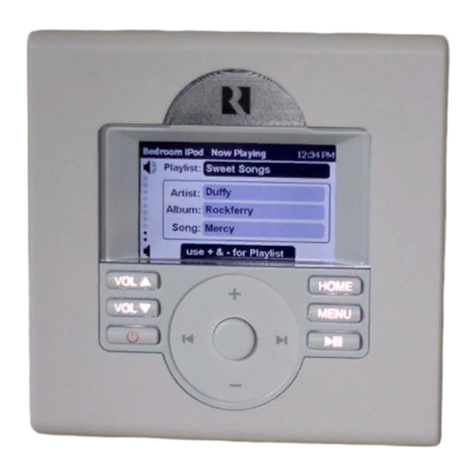
Russound
Russound Sphere E Series installation manual
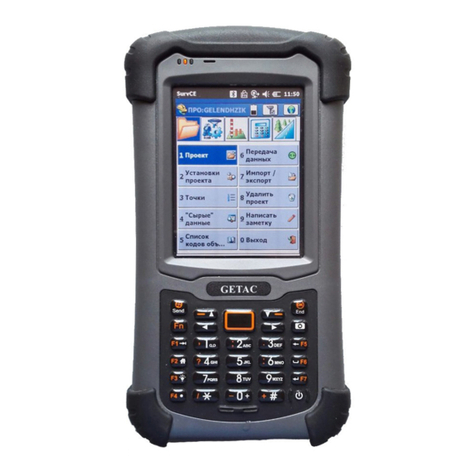
Getac
Getac PS336 quick start guide
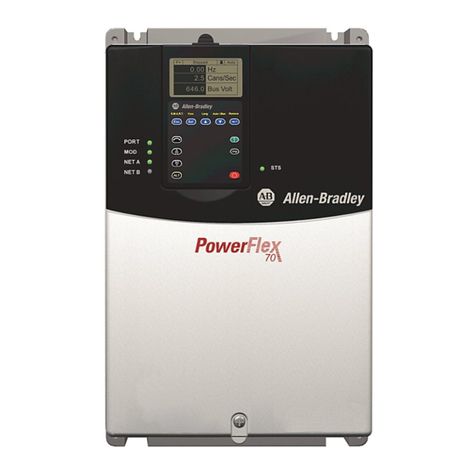
Allen-Bradley
Allen-Bradley PowerFlex 70 Reference manual
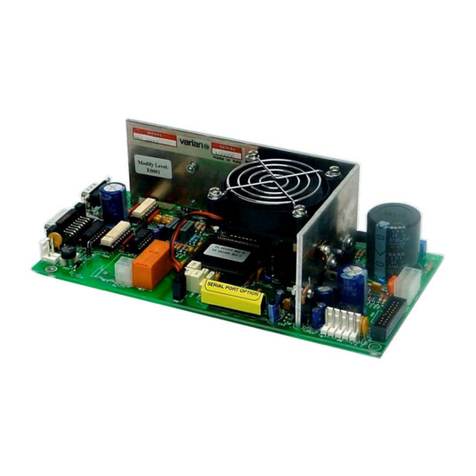
Agilent Technologies
Agilent Technologies Turbo-V 1000HT instruction manual

Mitsubishi Electric
Mitsubishi Electric Q Series Programming manual
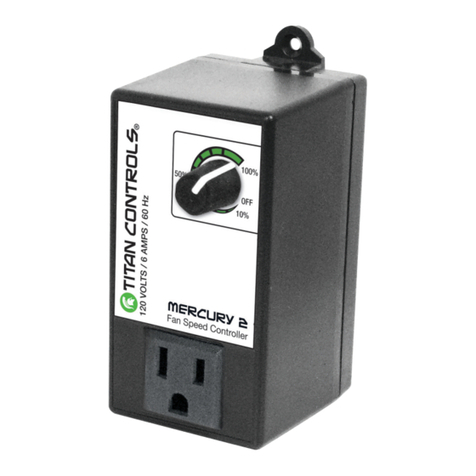
Titan Controls
Titan Controls Mercury 2 Easy guide
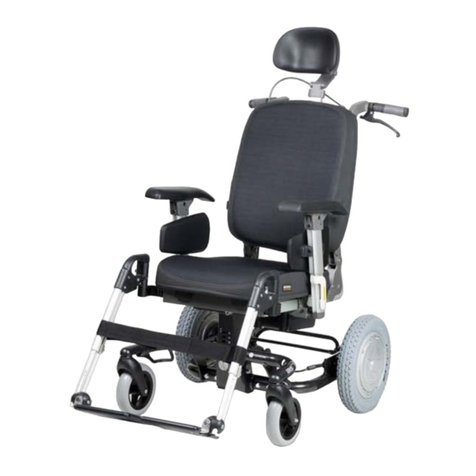
Breezy
Breezy PowerSupport user manual

Emerson
Emerson TARTARINI FL Series instruction manual
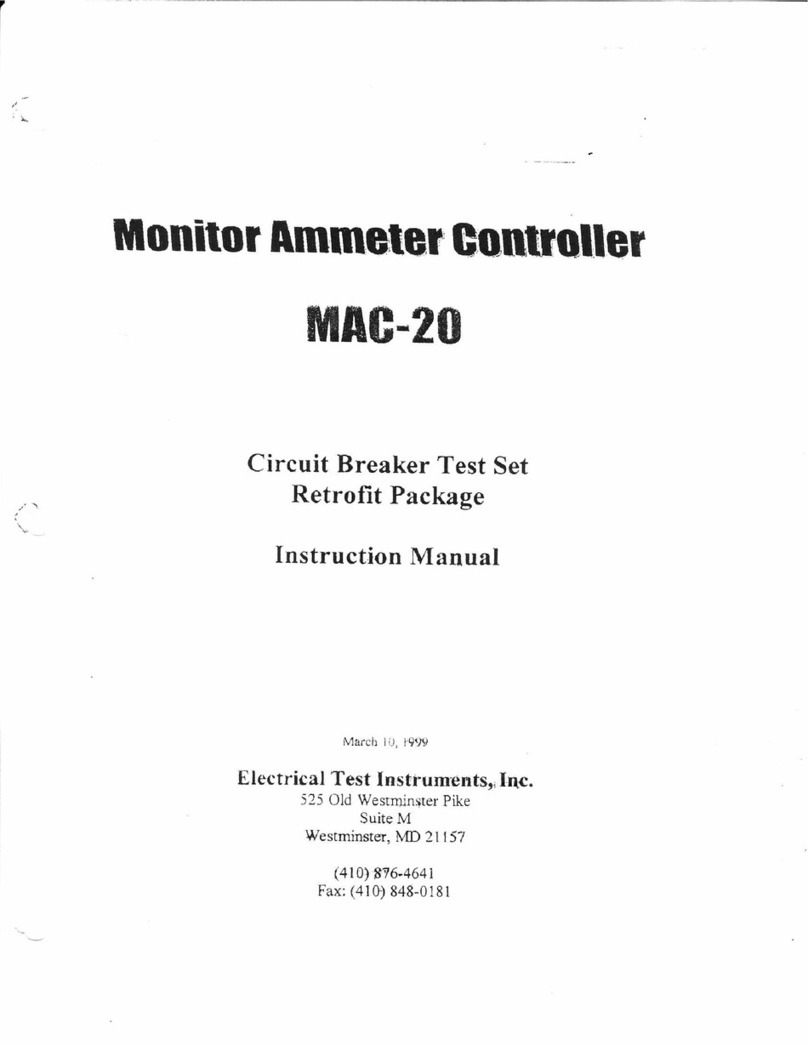
Electrical Test Instruments
Electrical Test Instruments MAC-20 instruction manual
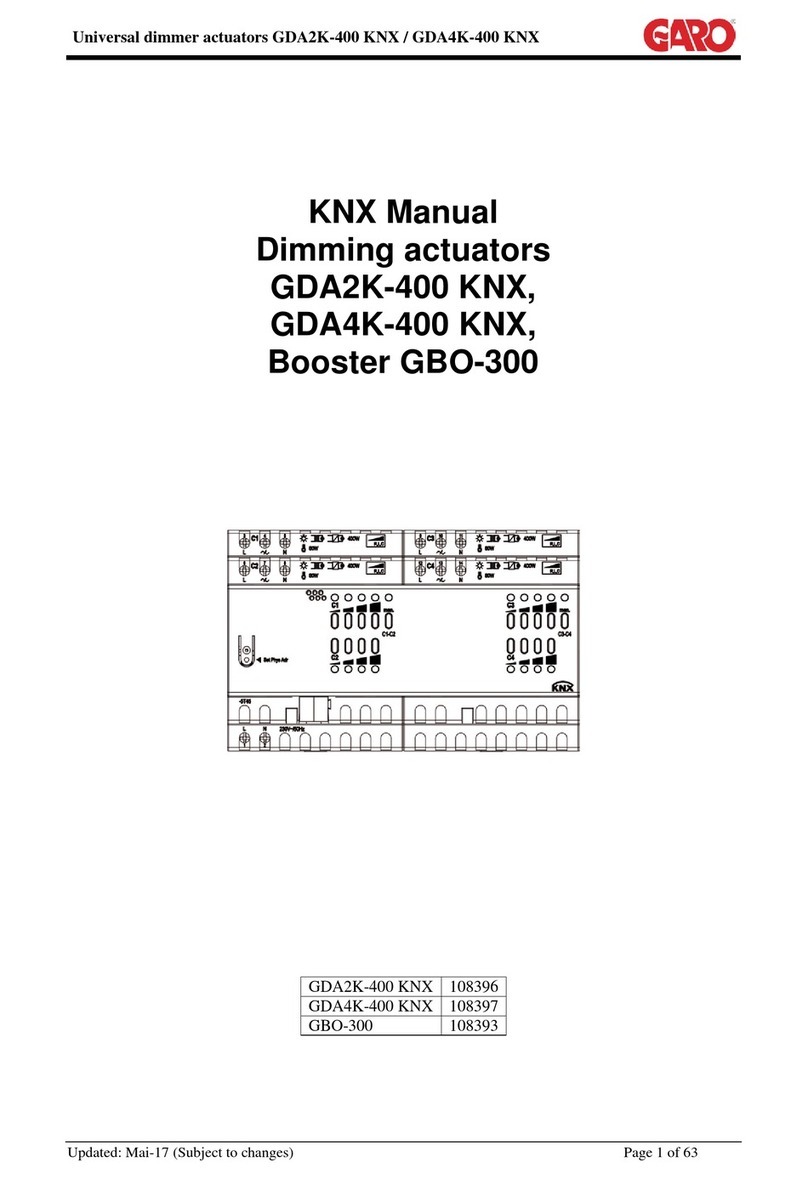
GARO
GARO GDA2K-400 KNX manual
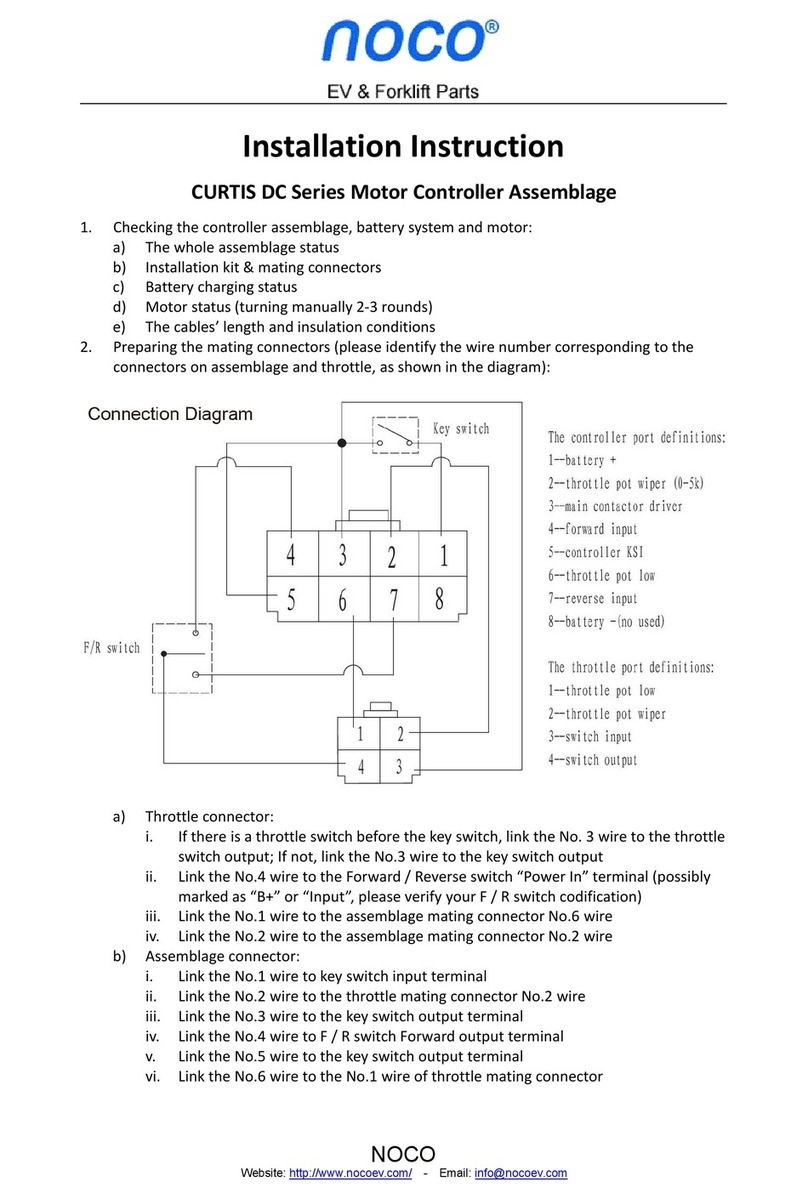
NOCO Genius
NOCO Genius CURTIS DC Series Installation instruction
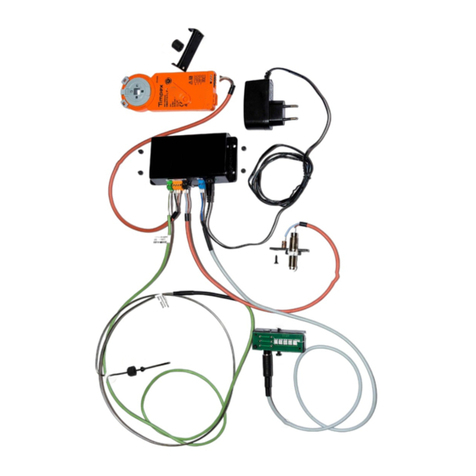
Storch Kamine
Storch Kamine SIC 700 SMART user manual
